
“Mitsubishi Jeep”
This vehicle was produced for about half a century from the first knockdown of the Willis Jeep in 1953 until 2001. The technology accumulated in this Jeep became the technical backbone of the 1st gen. Pajero, launched in 1982, and later developed into Mitsubishi’s 4WD technology.
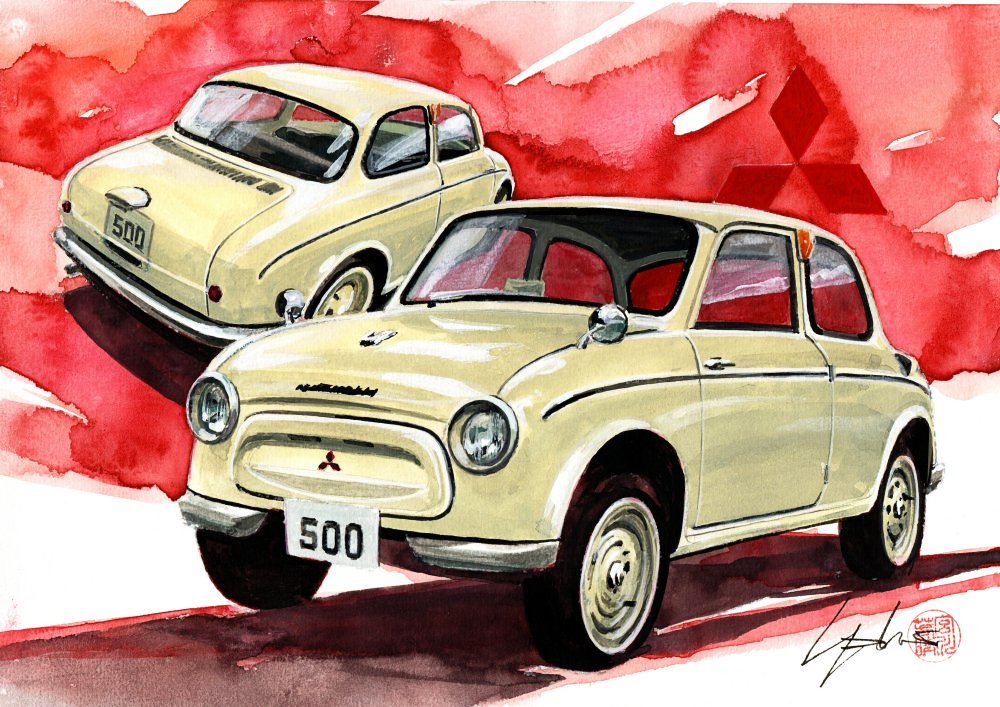
“Mitsubishi 500”
Mitsubishi’s first full-scale mass-produced passenger car, launched in 1960. It was the brainchild of former aircraft engineers and the designers who designed passenger cars for the first time. Although sales were sluggish, it was characterized by the friendly style seen in European passenger cars of the 1950s.
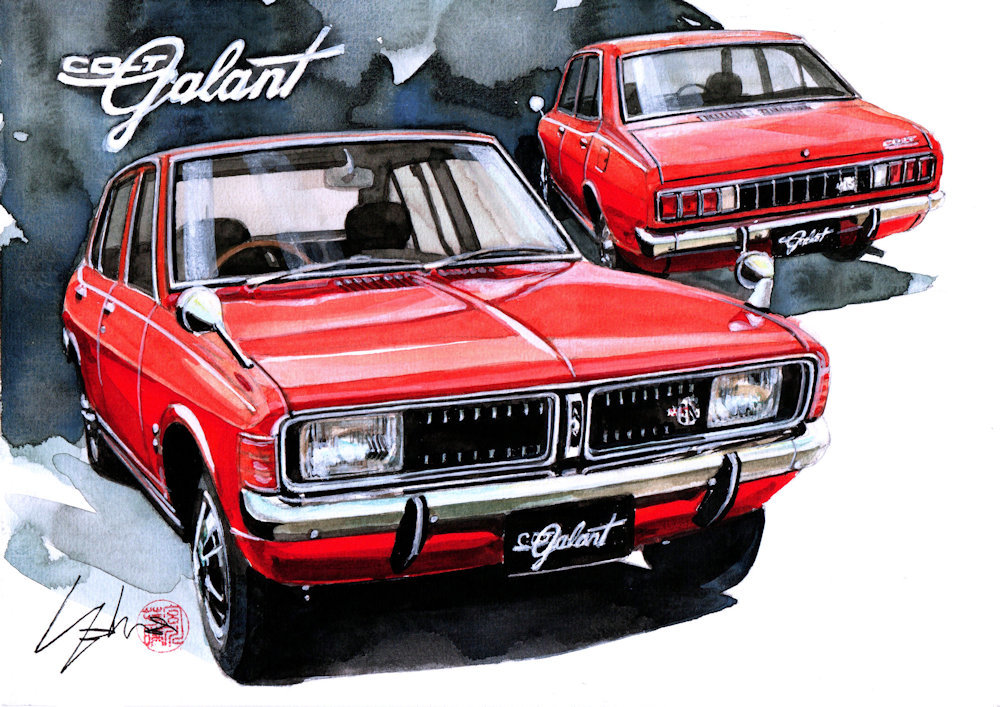
“Colt Galant”
The first car in which Mitsubishi Motors’ technology and design flourished and achieved great commercial success. The design identity of Mitsubishi cars was born with this car.
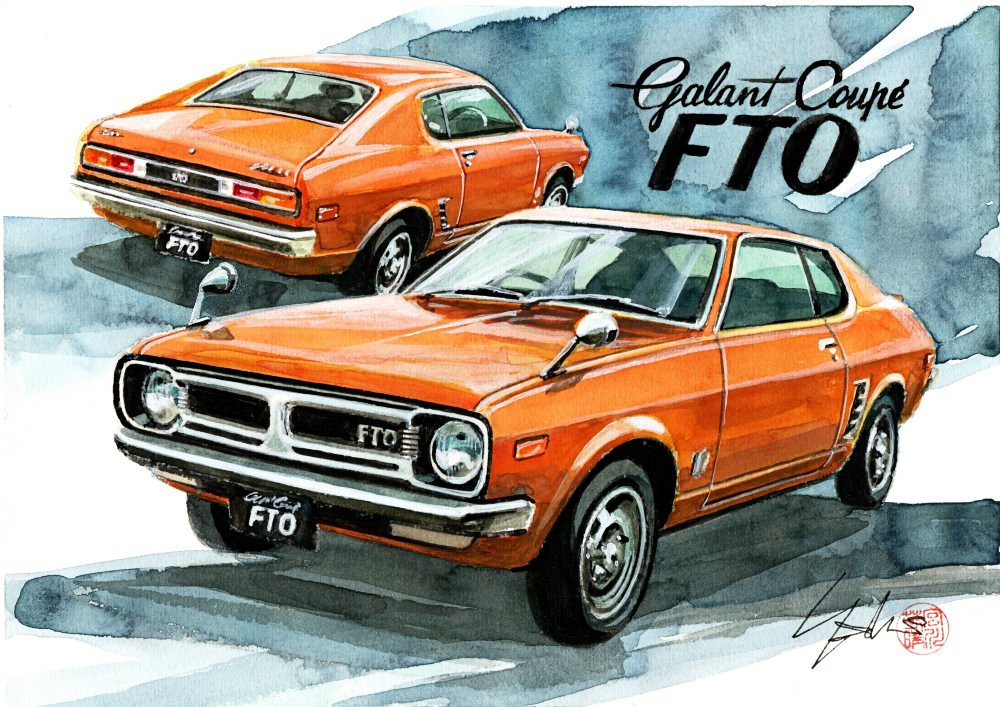
“Galant Coupe FTO”
Based on the Colt Galant hardtop, the wheelbase and overall length were trimmed down to create a unique compact sports coupe aimed at the mass market car class.
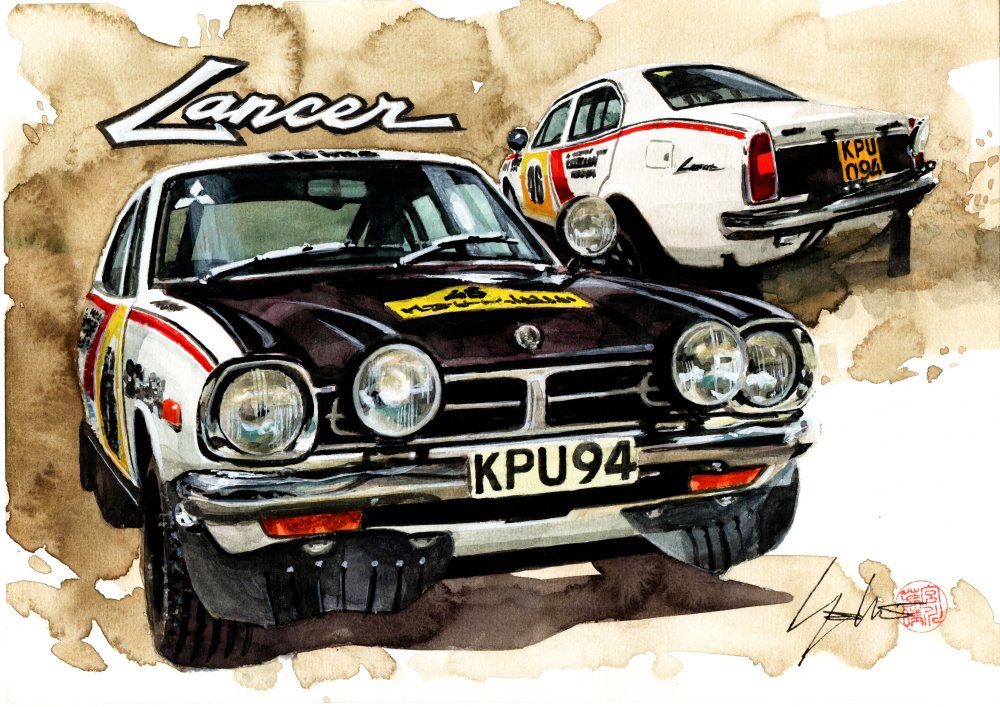
“Lancer 1600GSR”
The 1st gen Lancer impressed the world with Mitsubishi Motors’ name and technical capabilities through its success in international rallies in the 1970s.
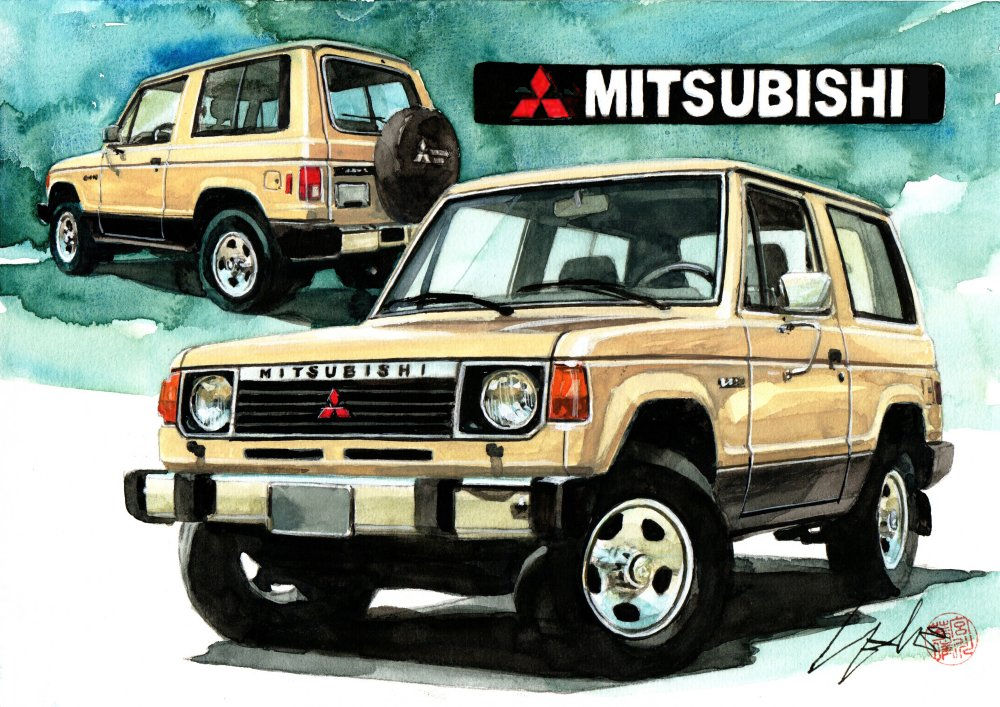
“Montero”
The 1st gen Pajero, born in 1982, was introduced in North America the following year as the Mitsubishi Montero and the Dodge Raider. This was a time when small SUVs such as the Chevrolet S-10 Blazer and the Ford Bronco II were gaining popularity in North America.
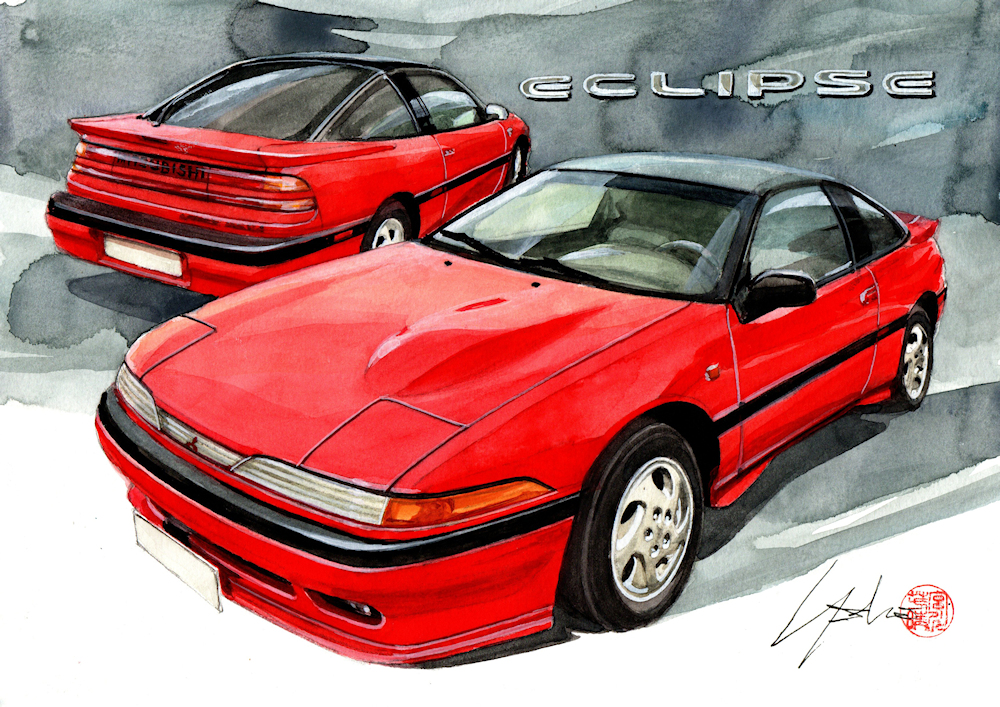
“Eclipse”
A sports coupe produced by Diamond Star Motors, a local production joint venture between Mitsubishi Motors and Chrysler in the U.S. Chrysler marketed it as the Plymouth Laser and the Eagle Talon. At this time, the two companies were at their honeymoon most.
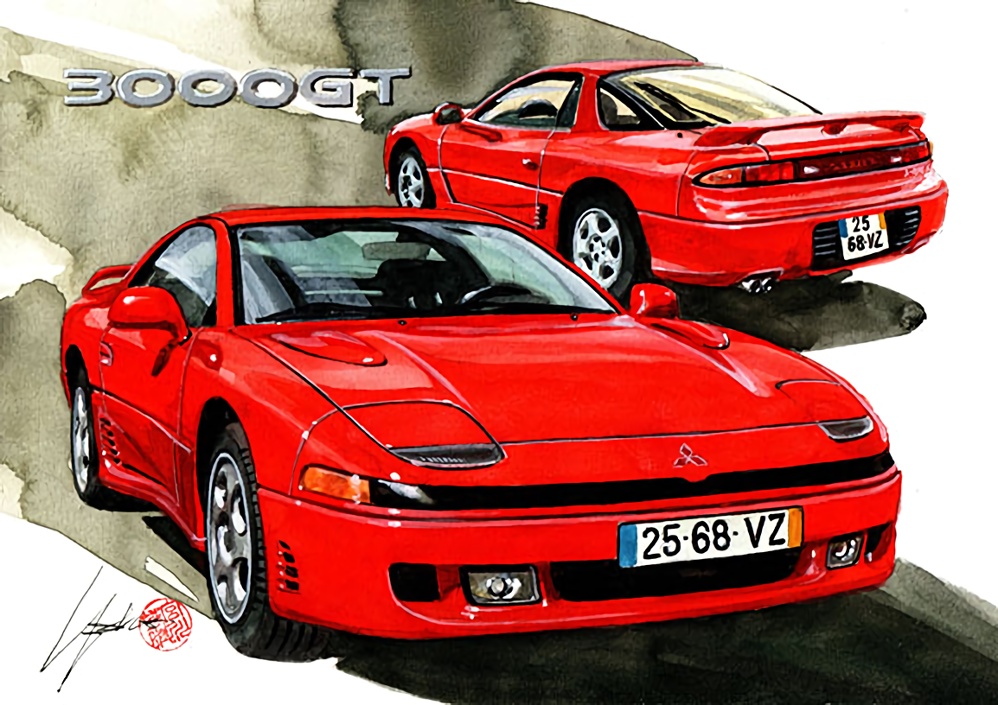
“3000GT”
A high-end sports coupe aimed at the North American market, the Mitsubishi 3000GT was introduced in 1990. It featured high-tech equipment such as the full-time 4WD and Active Aero System. It was sold under the name GTO in Japan and under the name Dodge Stealth by Chrysler in North America.
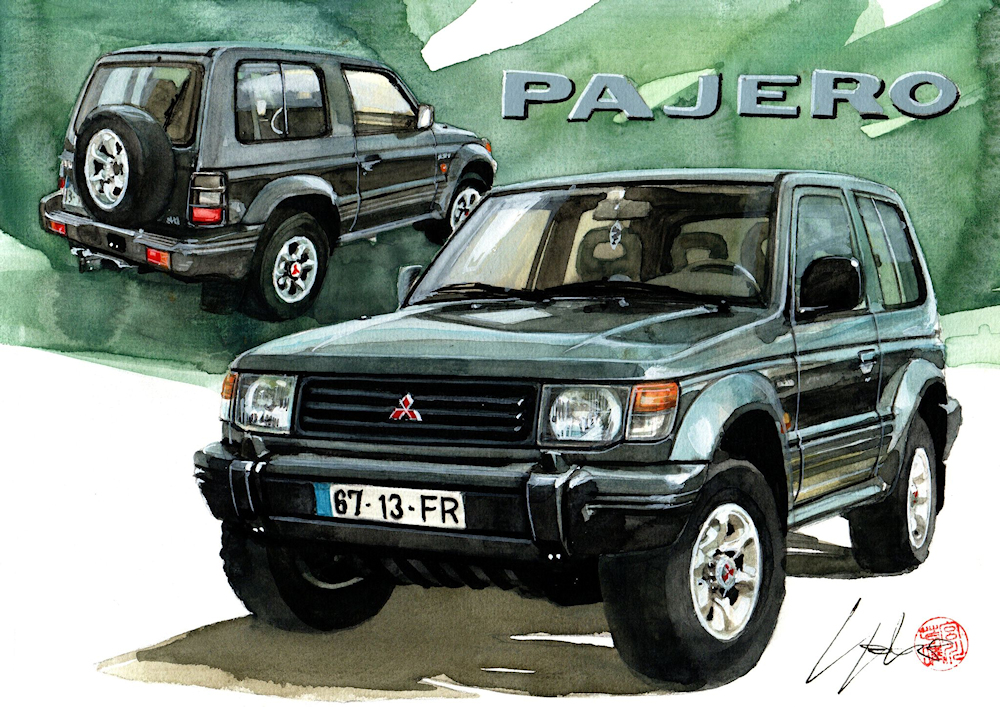
“2nd gen. Pajero”
The 2nd gen. Pajero was introduced in 1991, building on the success of the 1st gen. Pajero and further evolving it in technology and design. During Japan’s outdoor boom, the Pajero overtook passenger cars to become the No. 1 selling new car of the month in Japan, and it even won the Dakar Rally ahead of European cars, making it the centerpiece of both Mitsubishi Motors’ business and image. It won a special award at the 12th Japan Car of the Year in 1991.
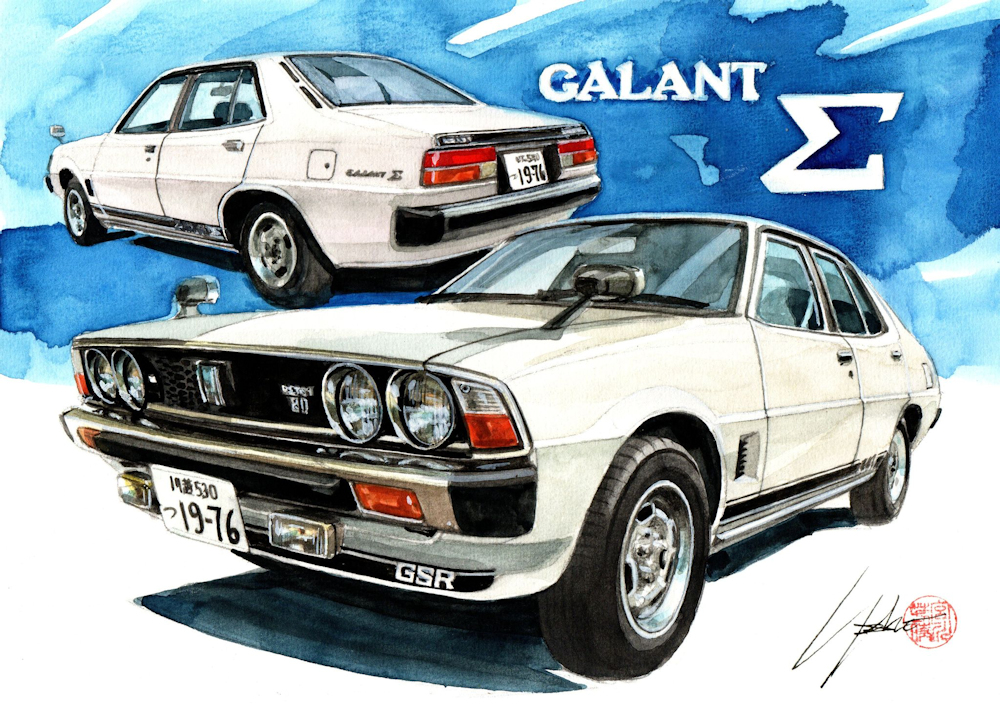
“Galant Sigma”
The Sigma, Launched in 1976 and a hit surpassing the first-generation Galant, was well-received for its sharp and stylish design. It is a car that symbolizes Mitsubishi’s car design. Illustrated is a twin carburetor, high-performance GSR model.